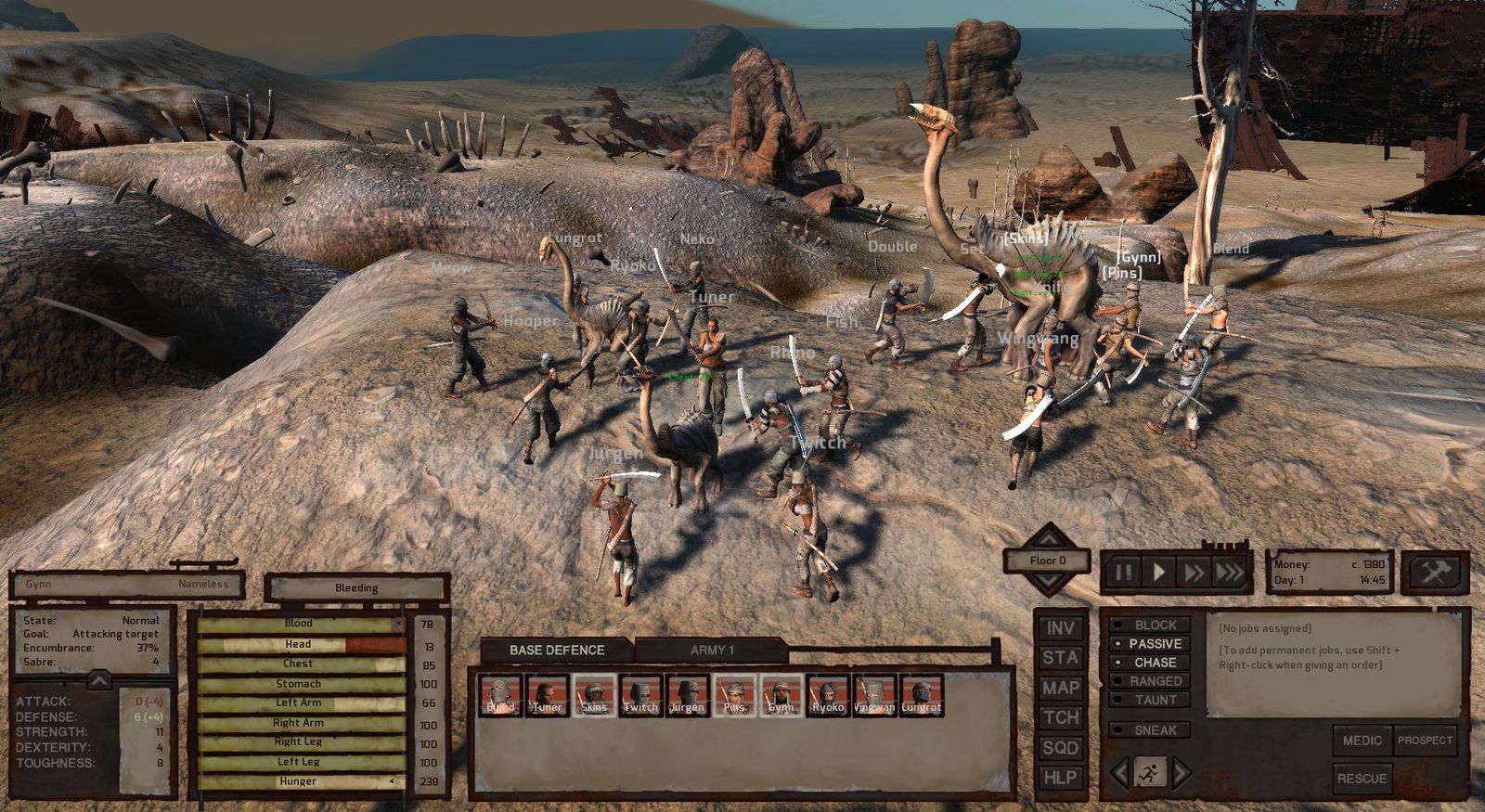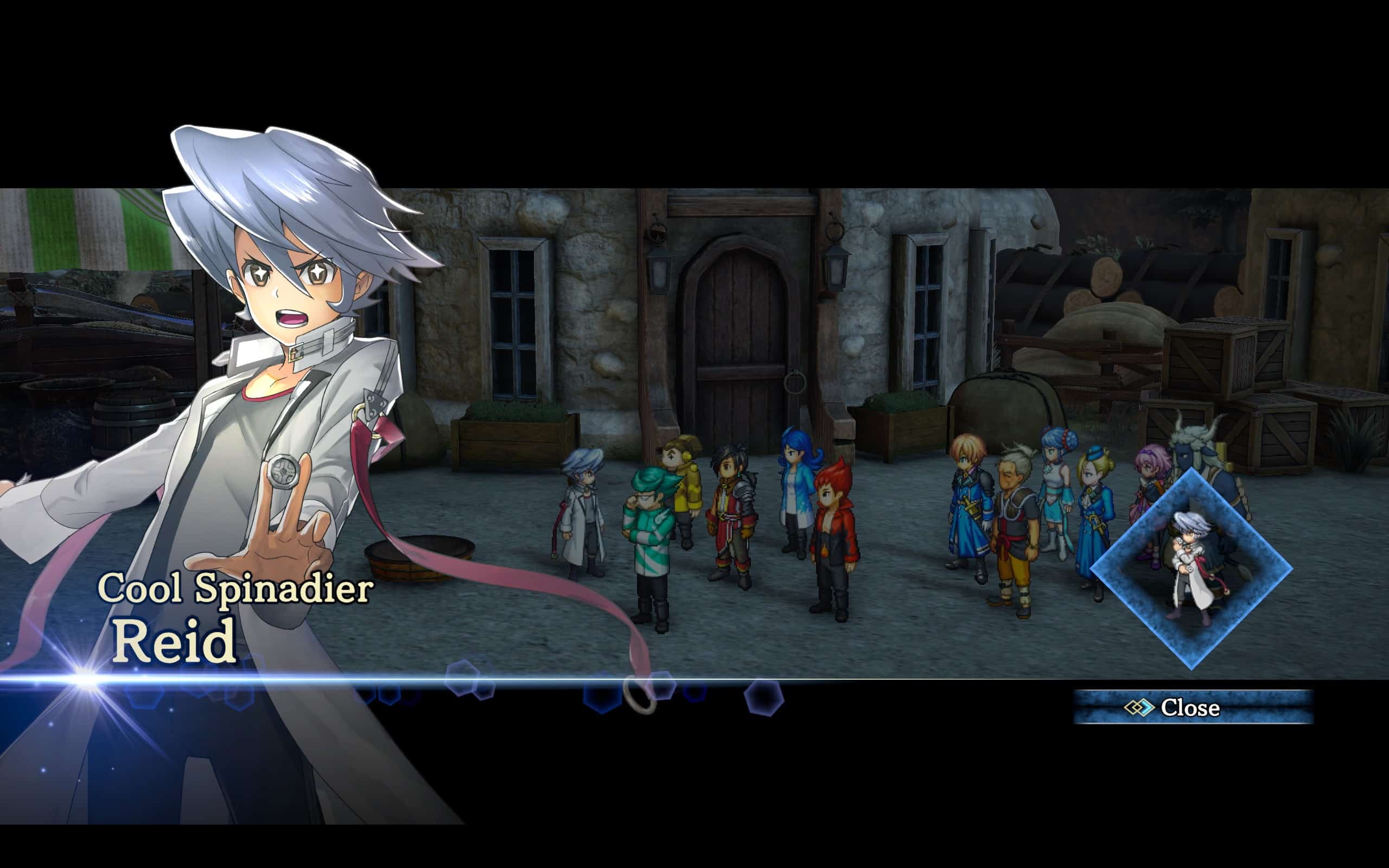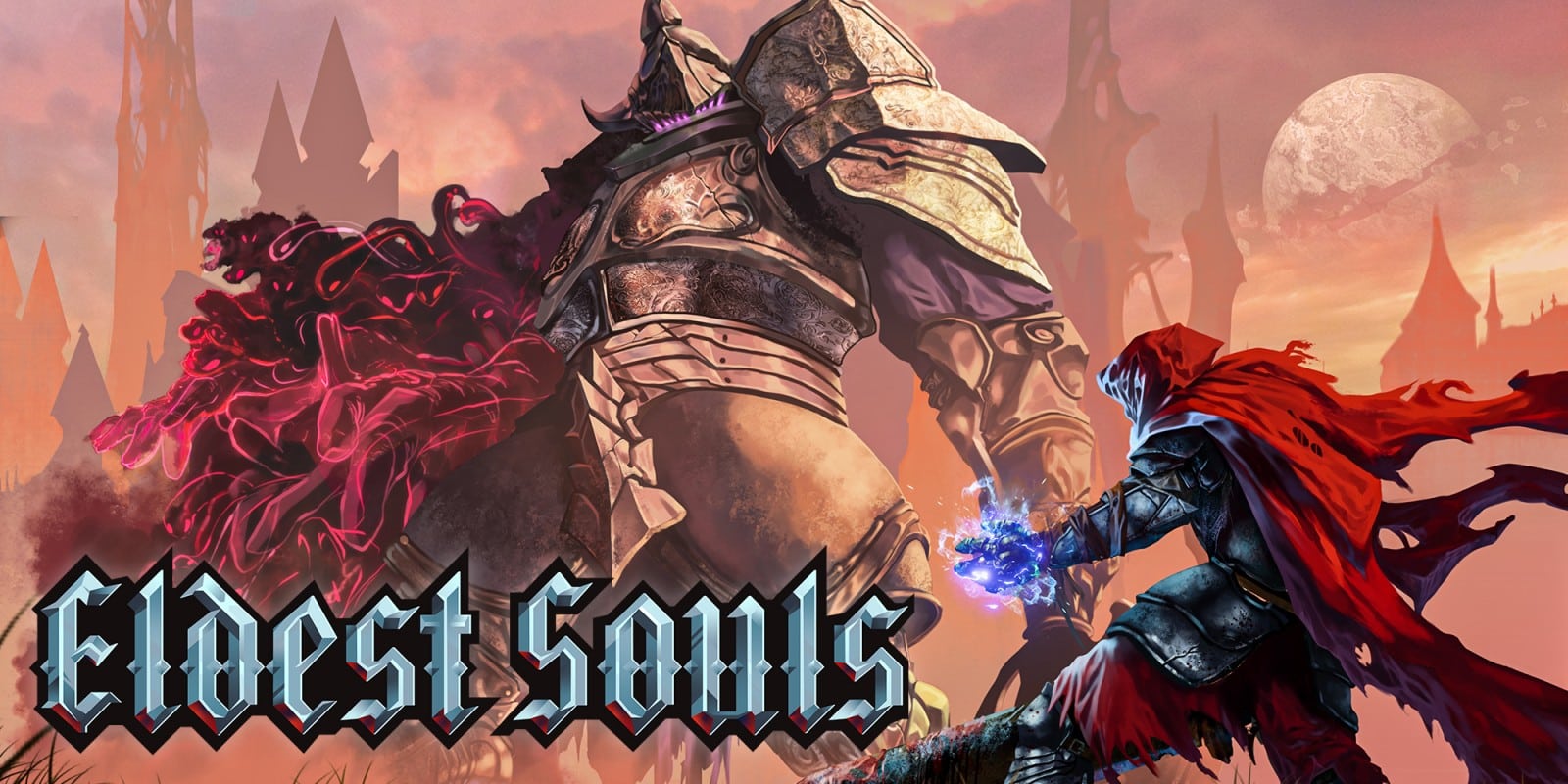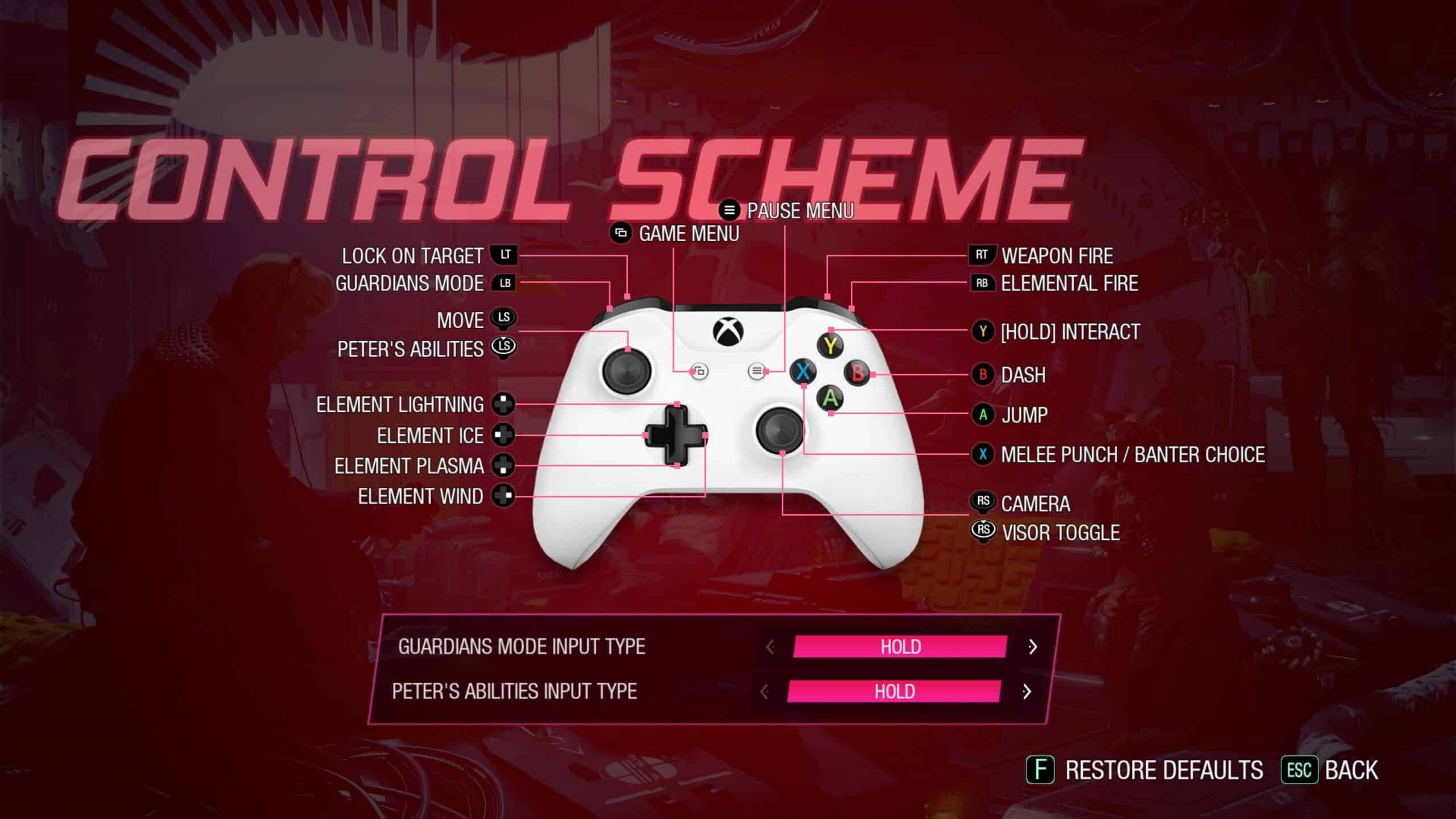Soulslikes continue to crop up with increasing regularity, each one attempting to stand alongside the genre behemoth and creator FromSoftware while also bringing their own mechanical twists and designs to the table. Such attempts have varying levels of success, if any success at all. Dolmen, Hellpoint, Immortal: Unchained, Lies of P, Lords of the Fallen, Nioh, Steelrising, Thymesia, and Wo Long: Fallen Dynasty are only a handful of the titles filling this space, with plenty of more on the horizon. Needless to say, crafting a serviceable soulslike is no easy task, especially with the unavoidable comparisons to the Souls series and the currently-dominating Elden Ring.
Despite the uphill battle, Trialforge Studio is entering these unforgiving lands with a challenge of its own: Deathbound. We had the opportunity to go hands-on with a preview build to see what it’s all about. The developer has dropped medieval stylings in front of an apocalyptic sci-fi backdrop, making for one of the more visually distinct soulslikes in recent memory. But that’s not the only area in which Deathbound stands out. The main twist is that players don’t play as a single character, but instead can hot swap between four different characters at any time. What Trialforge Studio has managed is a party-based soulslike that may just have what it takes to separate itself from the pack of imitators.

Deathbound offers up an engrossing world that sees a land filled with strife and conflict between the Cult of Life and the Church of Death. As you might expect, the followers of each cult are at odds with the ideals of the other. The Church of Death are devout followers of the Goddess Death, whereas the Cult of Life align with Goddess Life. Pretty straightforward, right? You see, Goddess Life deceived her own sister, Goddess Death, stealing her powers to create the First Men. It’s a move not unlike Prometheus stealing fire from the gods of Olympus for the benefit of man, which makes sense given Trialforge’s admitted Greek tragedy inspiration.
These immortal beings thrived for a long time, erecting great structures and utilizing advanced technologies. That is, until they willingly forfeited their immortality following a bit of seduction by Goddess Death. Then, poof, they were gone. Deathbound picks up 522 years after the first death of those immortals. And that’s where we meet Therone, a member of the Fifth Crusade and zealous member of the Church of Death.
In the early moments, Deathbound plays like your typical soulslike. Therone is a sword and board crusader that can hack, slash, parry and dodge his way through the creatures standing between him and his objective. But things take a turn and our noble warrior finds himself inexplicably alive after a fatal fall. And that’s not all, players soon stumble upon a Cult of Life member, Anna Lepus. Or at least, she was one before she died. Therone and Anna become merged, giving players their first taste of Deathbound’s main hook. Now the two characters can be swapped between at will.

Whereas Therone is a formidable tank that can block or parry incoming hits, Anna is more of a rogue. She forgoes the off-hand shield for a crossbow, allowing for ranged engagements. She’s also exceptional at stealth, letting players get in devastating backstabs if they manage to sneak up behind their target. Given that you can swap between the characters at any time, it pushes players to assess situations and decide who is best for the job at a given time.
This is only the tip of the iceberg. There are several characters to add to your party and any four can be slotted at a given time. You will refine your party composition over time, truly making it your own. In a move more generous than most soulslikes, each character has their own health bar. Your other important resource, stamina, is directly tied to health, meaning low health equals a low stamina pool. So if one character gets low, you can tag in another fighter that’s in better condition to continue the battle. If any character’s health is completely reduced to zero, it’s back to the nearest phylactery (i.e., bonfire).
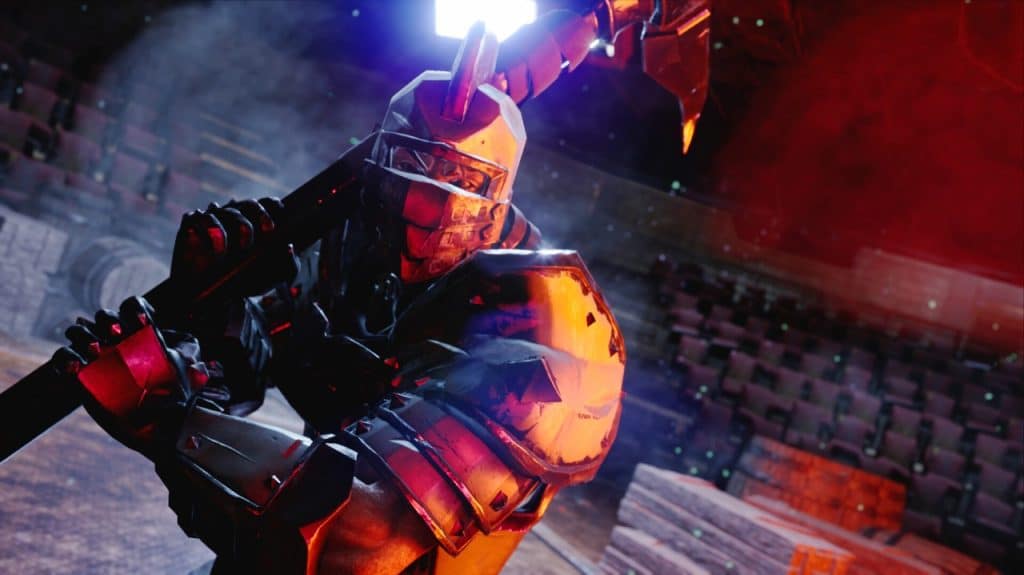
There’s also a sync meter that fills over time as players duke it out. Filling sync nodes opens up the opportunity for new attack types and dodges where the player can immediately transition into another character. It’s an interesting mechanic that adds a bit of flair to the standard proceedings. However, I need to spend more time with the system to see if it’s something I’ll actually weave into my rotations regularly. As is often the case with soulslikes, there is noticeable rigidity in some of the animations. The stiffness could be alleviated with extra polish time, but we’ll have to wait until the early August release date to find out if the final build resolves this issue.
The levels in Deathbound seem relatively linear compared to the genre’s king, making for less meaningful exploration. There are glowing items sitting just slightly off the main path and certain memories will only activate if the appropriate character is present, but it doesn’t look like players will be venturing off into sprawling locales with deeply hidden secrets. Who knows, maybe the later game looks different, but based on our time with Deathbound it’s feeling more guided in its adventure.
We’ll be checking back in with Deathbound when it launches on August 8th to see if the launch version elevates all of its parts to the same level of its engaging setting.





